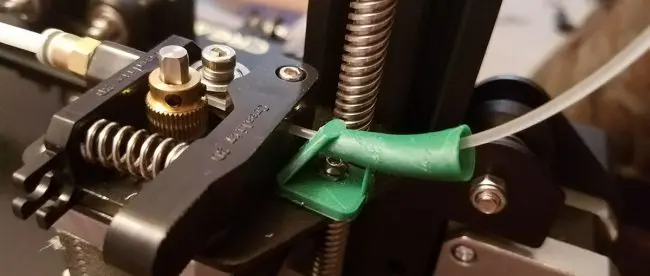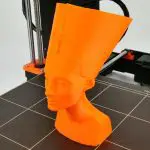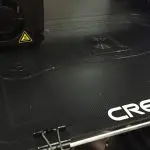Review – Creality Ender 3
A couple of weeks ago we looked at the EasyThreeD Nano, an affordable printer that’s remarkable for how simple it is to use. Today we have another sub-£200 printer that’s just as tempting as the Nano, but for slightly different reasons. There’s no way you’d give the Creality Ender 3 to your kids and expect them to get printing right away – this is more of a present for yourself – but, if you put some work in to the setup process, you’ll have an amazingly capable printer for not a lot of money.
So What Is It?
Simple enough: It’s a fused-deposition printer that comes as a mostly assembled kit. Creality are known for accepting a lot of user input into their design process, so while the Ender 3 was released a couple of years ago, it’s been significantly improved since then based on feedback from the early models. The result is a printer that, for the money, is pretty much impossible to beat. In fact, beating it for twice the money is a struggle.
The Creality Ender 3 is a Prusa-style printer – There’s a base with the print bed, then a vertical window frame affair that carries the actual print head. The bed moves in the Y axis, while the frame handles X and Z. The Ender 3 comes with the base and print bed mostly assembled, but the frame arrives as a collection of loose bits and bags of screws. However, there’s a very clear set of instructions included, and the whole thing can be assembled in less than an hour. All the tools you need are in the box, and the design has some very smart touches to make assembly easy – for example, the ends of the drive belt have metal tabs that simply slot into the print head.
This is a decent-sized printer, with impressive specs that include a 220x220x250 build volume. Minimum layer thickness is 0.1mm, and the nozzle width is 0.4mm, so it’s capable of very detailed prints. On the down side the print bed isn’t self-levelling, and given its size you need to take some time to get this right.
On the other hand, the Ender 3 is the first Creality printer to use a 24V power supply, and this means the bed’s heating system is very efficient. It can take the bed up to around 110°C in less than five minutes, which is enough to handle any of the common print materials. It doesn’t come with a glass print bed as standard, but you can add either that or a detachable magnetic bed easily enough.
How Does It Print?
Forget the budget price; the print quality from the Ender 3 is very competitive. With layer thickness set to the minimum value, it’s almost impossible to see layer lines on the finished print – and some very light post processing will easily obliterate any remaining traces. It’s pretty slow with layers this fine, but the quality makes it worthwhile. It’s also capable of printing at a very impressive 120mm a second if you don’t need an immaculate finish.
As an open frame printer this is best suited for printing in PLA; while the bed heats efficiently enough for ABS, you’ll get better results if you add an enclosure to keep the temperature around the print a bit higher. It also works well with flexible filaments, though. Anything that can print in the same temperature range as PLA should give good results here.
The Verdict
If you’re looking for a printer that can create high quality objects without breaking the bank, and you don’t mind spending an hour or so screwing the bits together, the Creality Ender 3 is really unbeatable in this price range. It has a generous print volume, is capable of impressive detail and is excellent value for money. If you’re looking for a capable all-round printer, put this one at the top of your list.








Leave a comment
You must be logged in to post a comment.